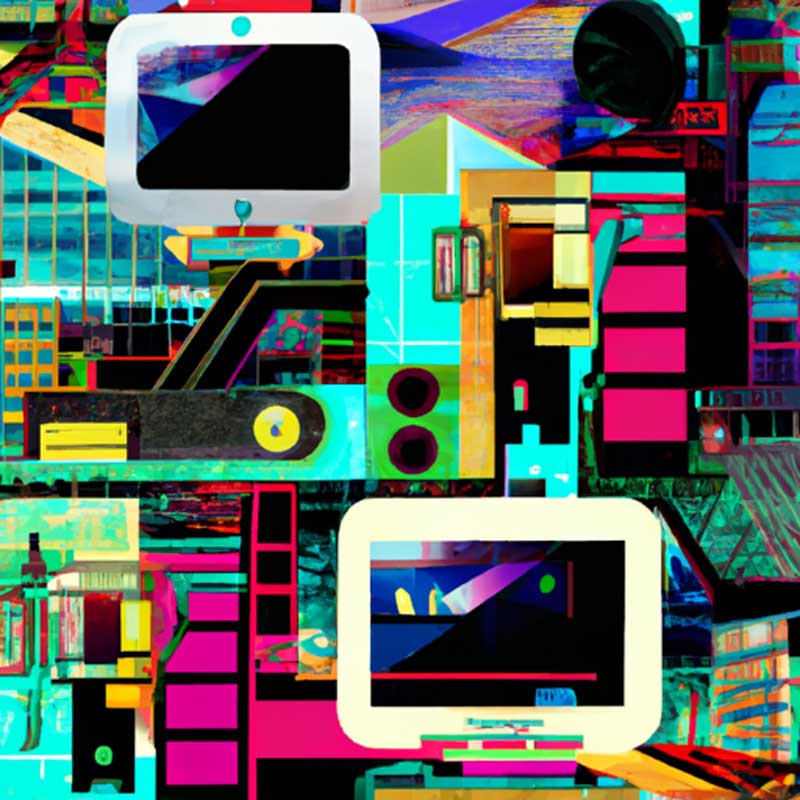The creative future of generative AI
Few technologies have shown as much potential to shape our future as artificial intelligence. For creative professionals, AI poses a unique set of challenges and opportunities — particularly generative AI, the use of algorithms to transform vast amounts of data into new content.
The future of generative AI and its impact on art and design was the subject of a sold-out panel discussion on Oct. 26 at the MIT Bartos Theater. The discussion centered around three themes: emergence, embodiment, and expectations.
Emergence
The panelists discussed how generative AI helps reach ambiguities in the creative process. An example was given of using AI to create a nonlinear documentary based on the video material from six different monuments. The ambiguity created by AI is fascinating for artists and designers.
Embodiment
The panelists debated whether generative AI can provide the same sensory interaction as traditional art and design. While AI is limited to working in two dimensions, it can still create a rich sensory experience through images and soundscape.
Expectations
The rapid spread of new technologies raises questions about what these technologies will not be able to do. The panelists expressed concerns about the reproduction of biases and gaps in the archive that AI is fed, and the potential replacement of human thinking. However, they also acknowledged the difficulty of predicting the future of technology.
The panel discussion concluded with the hope that generative AI can be a tool for shaking up the traditional notions of art and design and driving these technologies towards a beneficial future.
